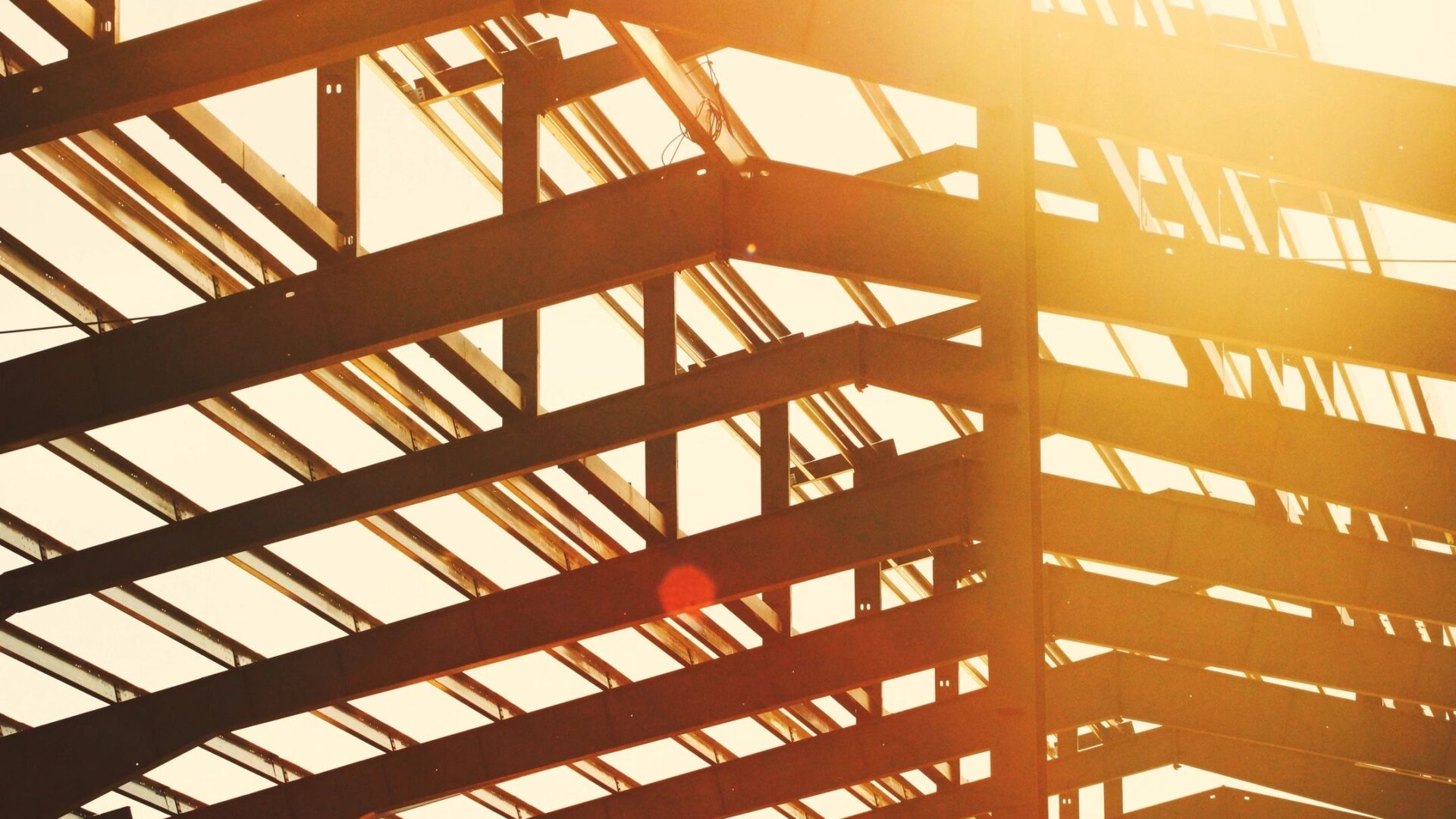Are Solar Panels Worth It – Revisited
After 10 years of this site, we’re revisiting some older topics every so often and updating them. Ten years ago, solar panels were still not always a guaranteed proposition, economically. In most cases, they would usually be a good investment with rising energy costs and strong incentives. Today, the cost and efficiency of panels have accelerated to the point where they’re pretty much a no brainer. If you’re interested in generating your own power, living off grid, or attaining net zero or carbon neutral status, it’s practically a requirement to install some form of solar system in addition to other methods. Unless your electric bills are very low, the cost to generate a watt of solar power is generally below the cost of most grid fossil fuel plants.
Today, the argument isn’t whether or not they’re cost effective. The question is whether or not they’re ecologically effective. In the last decade, questions have been raised about the life cycle costs, embodied energy, and other factors. These factors were somewhat glossed over as the technology matured. In addition, there are not a lot more options in form factors to choose from than there used to be. This can affect durability, efficiency, and aesthetics.
Solar Panel Form Factors
We’ll start with the easier question, and that would be the type of solar panels. The easiest install and most efficient panels are still the traditional, usually blue panels. There are black panels as well, and these are often preferred aesthetically. They are often the only allowable option in some HOA’s in the panel form. The downside is that they tend to be a bit less efficient than the traditional panels.
There are also Building Integrated Photovoltaics. There are many versions of these that are intended to replace the roof. In some cases, there are even solar shingles or tiles. These are usually much more attractive and can save you money on your roofing material, but are also, usually, far more expensive and less efficient of an installation. They are relatively new enough that we’re still unsure how long they’ll last and provide power, but it would seem likely that they will not last as long as a properly installed new roof which raises life cycle costs and landfill concerns. There are other products that are intended to provide power through your windows or other building elements. However, they’re still very new and as of now, not likely to be something you will be be able to get as a mass-market item.
Solar Ecological Concerns
So, if they’re generally cheaper in the long run than buying power from the grid, why wouldn’t you want them? The answer is something just recently coming into focus. The end of life period. Solar panels are generally warranted for 25 years, give or take. The inverters are generally warranted for even less. And if you’re using a battery storage system to get through cloudy days and nights, it’s a good chance that it won’t even last that long. When they wear out, they will need to be replaced. Sometimes that means replacing the entire roof as well since the existing roofing may not last another 25 years, but would have made it 10 pretty easily. That’s a lot of waste for the landfill.
In addition, the process of extracting the raw materials can be a problem. Sillicon mostly comes from sand, and you might think there’s tons of that around. However, the world is actually facing a shortage of sand in the not too distant future. Creating sand from rocks is possible, but energy intensive. Most sand was created by wind or wave action over millions of years. It’s actually a similar problem as we see with fossil fuels taking millions of years to create. We’re using it for concrete and glass and other things at a rate far faster than it is being replenished. That’s not getting into rare earth mineral mining, copper mining, and other resource extraction methods that have adverse impacts on the environment. We also haven’t discussed the embodied energy and carbon release from the manufacturing and shipping of panels.
Now the equation shifts quite a bit and will depend on what your production will be replacing. Is your power coming from a local coal burning plant? Then it’s probably still ecologically sound to install solar panels, but those plants are disappearing. Natural Gas plants are a lot cleaner, but probably still more damaging to the environment than the panels you might buy. Nuclear power is extremely cheap and relatively clean, if we can figure out what to do with the radioactive material they produce. So in that case, you might be creating more carbon than the power plant would in buying the panels. If you’re on hydro-electric power or your state is running out of landfill space, the answer could vary.
In Summary
This is the important thing to consider about any sustainable technology. There are no silver bullets. Technologies change, as do incentives. Although, economically, it’s hard to beat the cost of power through a panel over it’s lifetime, it can be harder to justify the carbon or silicon costs. These are things we did not consider 20 years ago because, in general, the grid was much dirtier than it is now and we expected costs to keep rising indefinitely. The flood of natural gas released by fracking (another thing to think about with that cleaner natural gas plant) has driven the costs of energy down more than we would have predicted. Any sustainable move requires careful thought of the pro’s and con’s and your best ally in this equation is an educated design professional.

